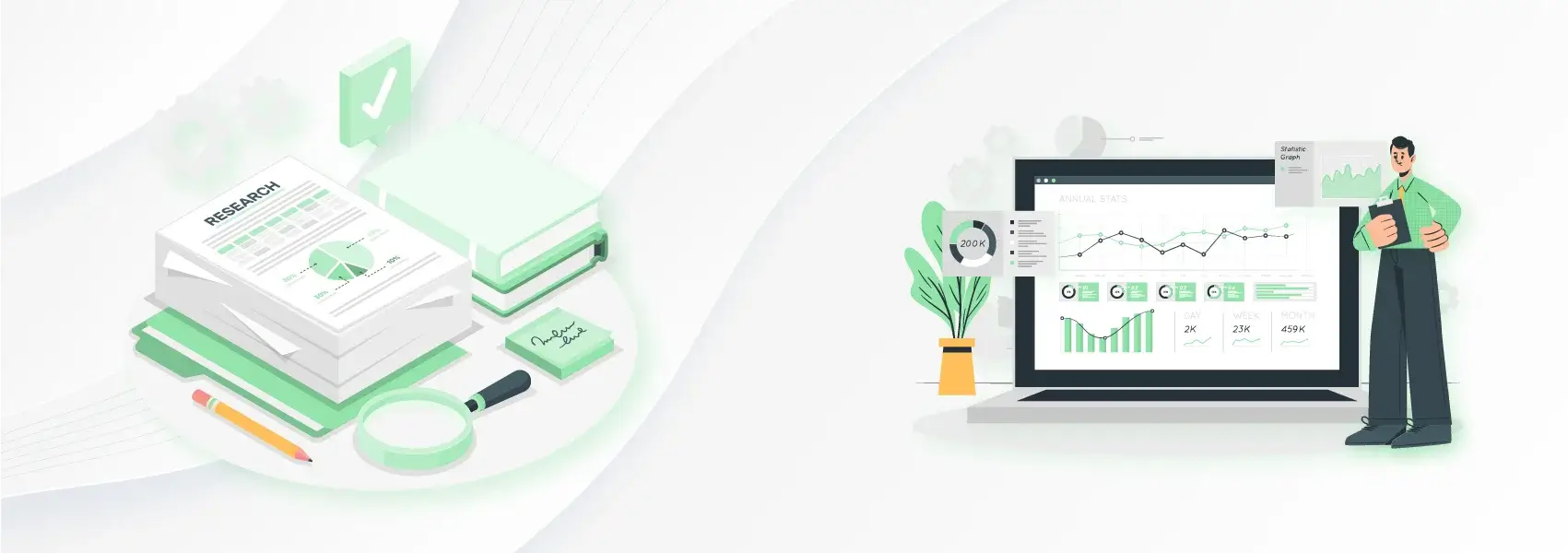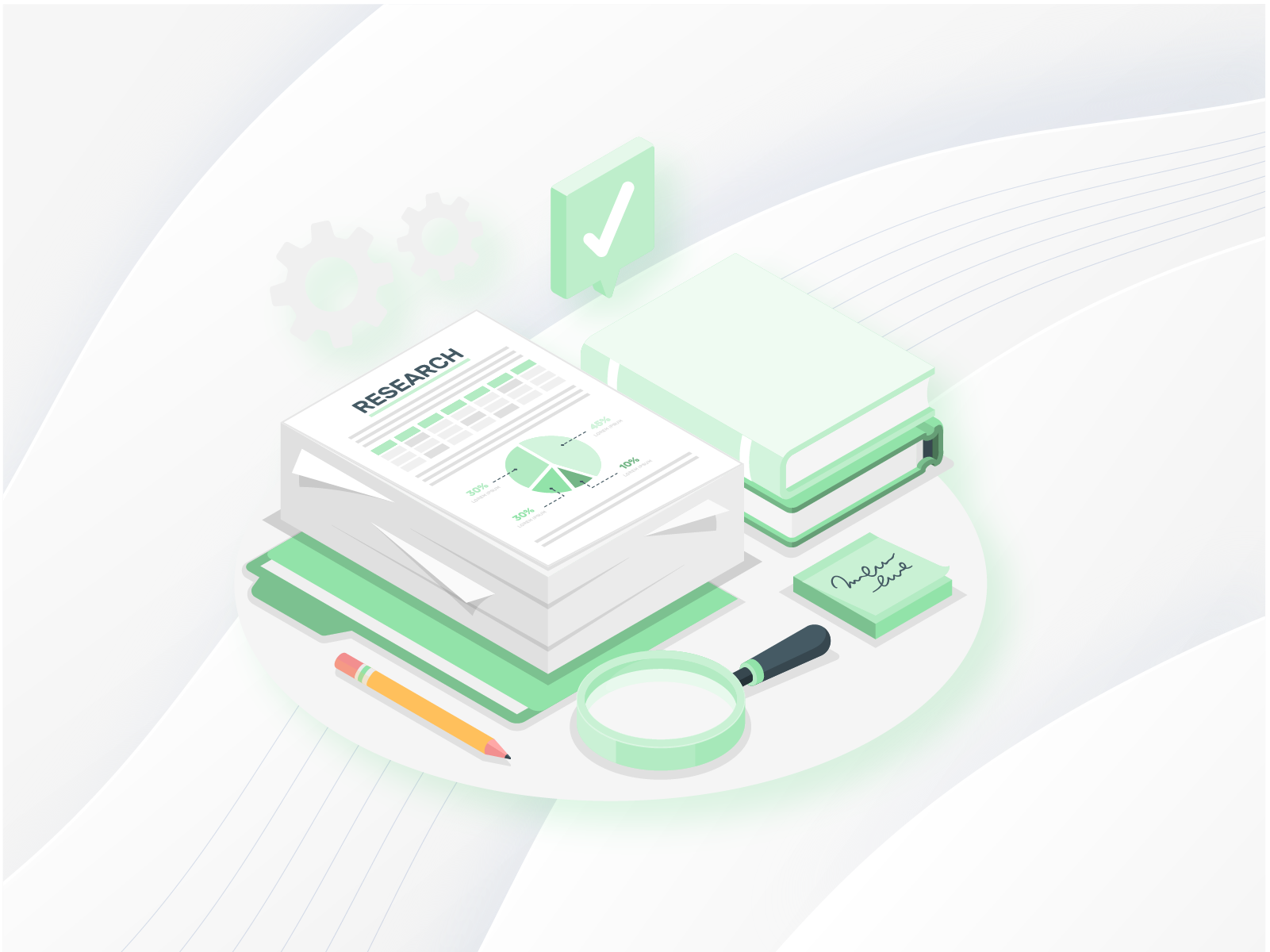Intelligent Reporting
Intelligent Reporting
Intelligent Reporting or Business Intelligence Reporting refers to the process of preparation and analysis of data using a BI tool to share and find insights. Information routing to relevant stakeholders with business forecasts for proactive planning, business management, and policymaking.
Information routing to relevant stakeholders with business forecasts for proactive planning, business management and policy making.


Intelligent Reporting
Intelligent Reporting or Business Intelligence Reporting refers to the process of preparation and analysis of data using a BI tool to share and find insights. Information routing to relevant stakeholders with business forecasts for proactive planning, business management, and policymaking.
Information routing to relevant stakeholders with business forecasts for proactive planning, business management and policy making.
Intelligent Reporting Examples
Intelligent Reporting refers to a long range of cases in BI including embedded analytics, static reports, and interactive dashboards. It is necessary to plan your IR or BR strategy even if your need belongs to a specific use. For instance, when KPIs pass a threshold, static reports might require alerts. Here are some primary uses and cases of intelligent reporting:
1. Self-Service IR
Self-service intelligent reporting allows users to analyze data without any need of writing code. Modern IR platforms use an associative engine to explore data in any direction freely, highlighting data relationships and recalculating analytics after each click. This is a rather beneficial example for Business Intelligence Reporting Services.
2. Data Visualization and Dashboards
These, in particular, are used to enhance understanding, share information, and allow collaboration across an organization. Interactive dashboards that involve rich visualizations of maps, graphs, and charts make it easier for stakeholders to collaborate and understand. Modern IR tools are designed to make it easy for users to interact with data and establish a custom-made dashboard with drag-and-drop tools.
3. Alerting and Static Reports
These are rather significant ways for stakeholders to take action and remain on top of the business. IR software allows users to share and build static reports in common document formats to set up real-time alerts and drive data whenever KPIs pass a threshold even in the form of SQL Server Business Intelligence.
4. Augmented Analytics
Augmented Analytics uses machine learning and artificial intelligence (AI) to improve human intuition with given analyses and insights, real-time advanced analytics, search and natural language interaction, and automation of tasks for data analytics services Australia.
When it comes to IR or BI practices, for data analytics Australia, there is a series of its own such as identifying your audience and their needs, prepping your data, being scalable and flexible, governing your data, iterating and evolving, and cultivating data literacy.

Intelligent Reporting
Information routing to relevant stakeholders with business forecasts for proactive planning, business management and policy making.

